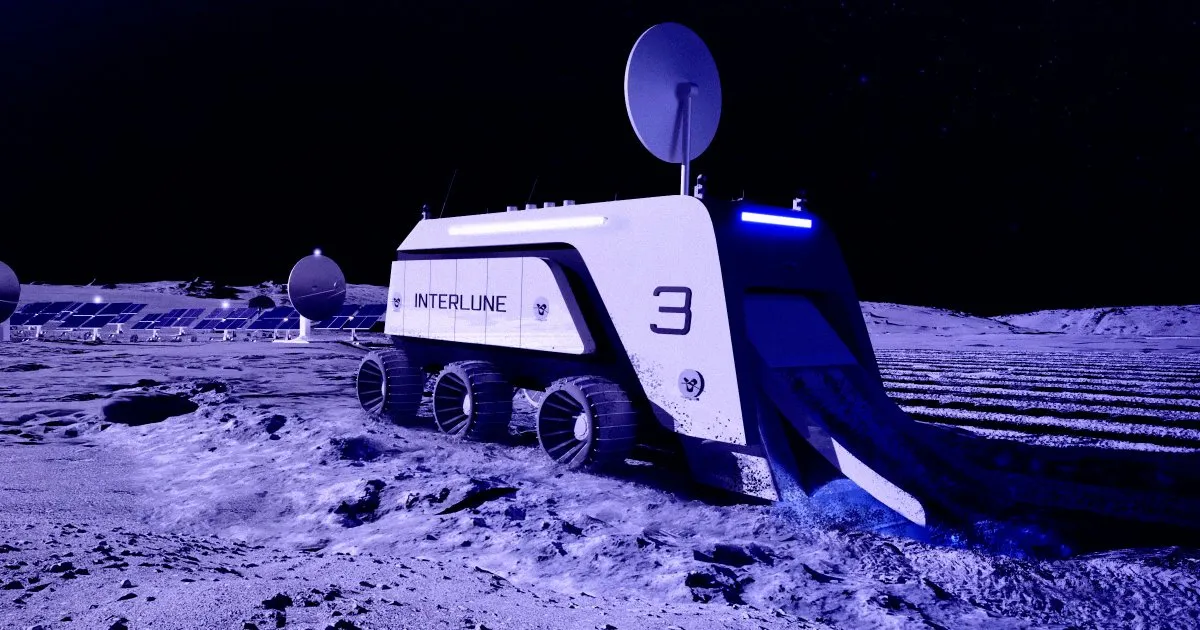
The United States and China are currently engaged in an intense competition to return to the Moon, with both superpowers aiming to land on the lunar surface by 2028 and 2030, respectively. This rivalry not only highlights the desire to advance our scientific understanding of the Moon but also has significant geopolitical implications. As nations look to establish their presence in space, the Moon's resources have become increasingly attractive, drawing the attention of various companies eager to unlock its potential.
One of the most sought-after resources on the Moon is helium-3, a stable isotope of helium that could play a crucial role in future energy production. According to research assistant Mustafa Bilal from the Islamabad-based Centre for Aerospace & Security Studies, the extraction of helium-3 is not just a scientific endeavor; it represents a lucrative opportunity for commercialization.
For instance, the Helsinki-based cryogenics company Bluefors recently signed a significant agreement with the space commercialization startup Interlune. This deal involves the purchase of up to ten thousand liters of lunar helium-3, potentially worth $300 million. Helium-3 is particularly valuable as it has the potential to fuel nuclear reactors on the Moon or Earth, and it is utilized in cooling quantum computers. This isotope is rare on Earth but more prevalent on the Moon, primarily due to solar winds bombarding the lunar surface.
Despite the enticing prospects, Interlune faces significant challenges in proving the economic feasibility of harvesting helium-3. The company may need to excavate millions of tons of lunar regolith to extract sufficient quantities of this isotope, as it is not readily available in large amounts. Moreover, transporting the necessary equipment to the Moon could incur astronomical costs, making it a high-risk venture.
Interlune is not alone in its ambitions; a growing ecosystem of companies is also eyeing lunar resource mining. For example, Jeff Bezos’ Blue Origin recently signed an agreement to map lunar resources, including helium-3 and water ice, from orbit. The goal is to assess these resources on the lunar surface and utilize them in situ. Water ice is especially critical, as it can be converted into drinking water, oxygen, and rocket fuel, further emphasizing the strategic importance of lunar resources.
Establishing a presence on the Moon could reshape global power dynamics. The ability to harness resources like helium-3 could enable nations to create permanent lunar bases, which experts suggest could be pivotal in the ongoing space race. Given that lunar nights extend for two Earth weeks, relying solely on solar power is impractical, thus making nuclear energy a more viable option.
The first nation to establish a nuclear power source on the Moon could effectively create a "keep out zone" for safety, setting legal precedents for lunar operations. As Bilal points out, this could significantly influence the operational framework for future entrants in lunar exploration.
While companies are increasingly signing agreements to extract valuable lunar resources, many questions remain regarding the practicality of establishing a lunar economy. NASA's vision of a sustainable economy in lunar orbit is still years away, if not longer. Companies like SpaceX are beginning to develop reusable transportation methods, but the gap between Earth and the Moon remains vast.
Furthermore, the exact quantity of helium-3 on the Moon is still uncertain, and the challenge of utilizing it as a reliable energy source for fusion reactors has yet to be overcome. Nevertheless, Interlune is making strides by planning to deploy a multispectral camera to the lunar surface via Astrobotic’s Griffin-1 lander next year. This mission aims to estimate the concentration of helium-3 in lunar regolith, potentially accelerating what could be a lucrative gold rush for lunar resources.